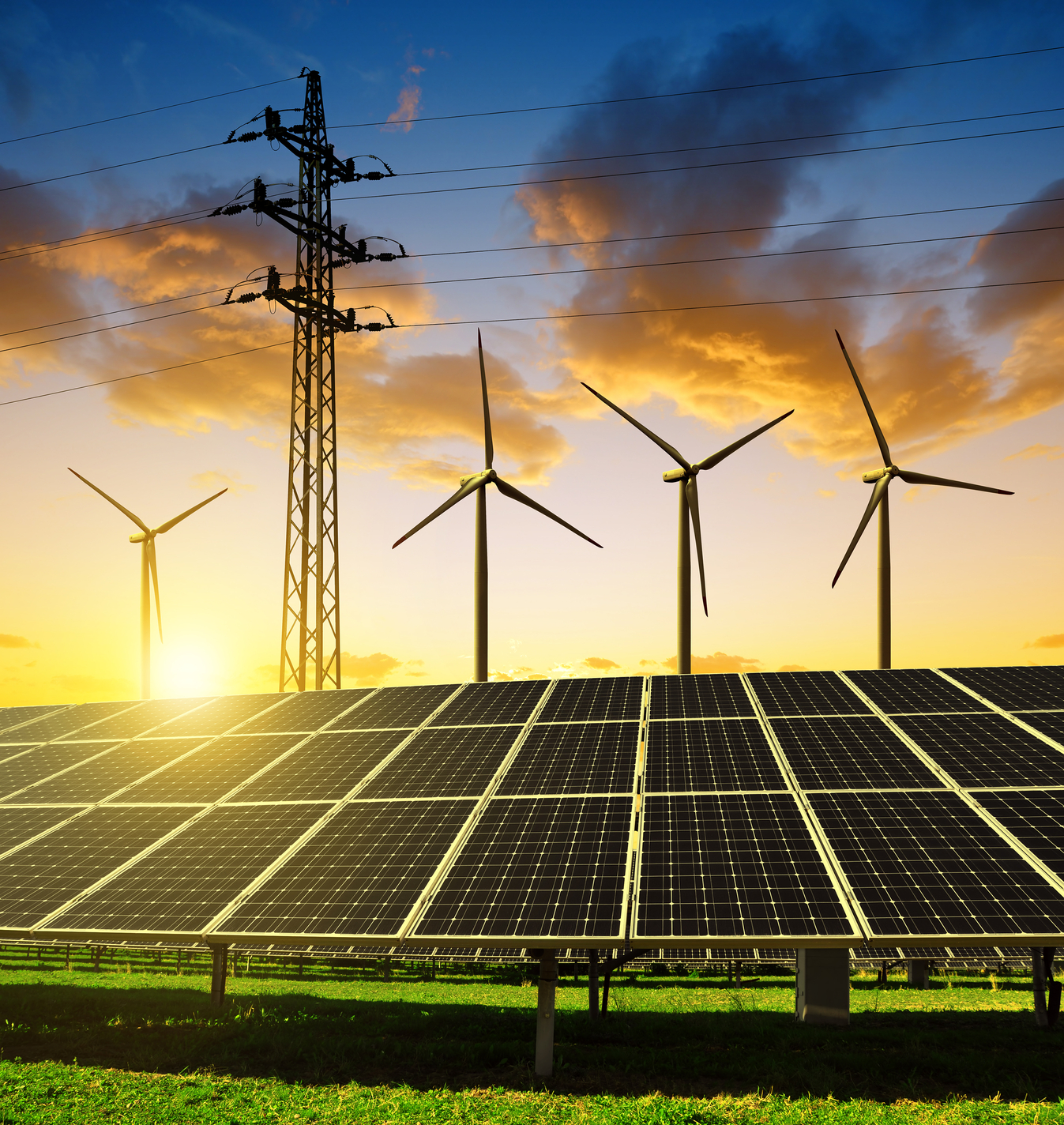Jorgen Thomsen, Director of Climate Solutions, discusses the awareness, consultation, and planning needed to ensure the transition to a clean energy economy and how it benefits individuals and communities who are most harmed by climate change.
As the climate crisis is getting more critical and extreme, we must be honest about the challenges that lie ahead. There are trade-offs in any transition, and the clean energy transition is not without potential negative impacts and unintended consequences. Ignoring this reality will not avoid it. The transition from fossil fuels to clean energy and the “electrification of everything” is going to require a huge amount of new mining, and a huge amount of land to accommodate the siting of solar arrays, wind turbines, and a modernized grid system. How do we do this responsibly? What does responsible mining even look like?
There is no overarching plan that will ensure that the toxic harm and environmental injustice caused by the fossil fuel economy is not repeated by a renewable energy economy. According to Earthjustice, of the untapped critical minerals in the United States, 97 percent of nickel, 89 percent of copper, 79 percent of lithium, and 68 percent of cobalt—all necessary for the energy transition—are within 35 miles of Native American reservations. Unless we apply a different set of standards than what we have seen in the past, mining these resources in the name of the clean energy transition will have a devastating impact on water, land, air, and people in communities that are already underserved and disproportionally impacted by the toxic legacy of mining, the fossil fuel industry, and by climate change.
Demand for critical minerals will grow dramatically. As an environmental community, we cannot call for electrification of everything without also considering the flip side and engaging the extractive industries we until now appropriately have seen as environmental villains. A five-fold increase in mining for critical minerals is expected by 2050 to meet the demand from the clean energy transition.
Lithium is a case in point. According to the U.S. Geological Survey, more than half of the world’s lithium reserves are dissolved in ancient wetlands and underground water systems within the Lithium Triangle in the Andes. Global mining conglomerates are now competing to grab the metal by pumping the water to the surface and evaporating it in the sun to concentrate the lithium carbonate that it contains. This is one of the hard trade-offs we are facing. What is good for the climate may not be favorable to some of the world’s rarest salt-lake ecosystems in the high Andes. Many similar stories can be told from other parts of the world, from reservation lands in the United States to Sámi reindeer pastures in northern Scandinavia, and so on.
And how much land is needed to support the build-out of renewable energy? The short answer is a lot. But it is complicated because as an environmental community we have not been upfront about the land use issue, we have not done the research, and we have kicked the can down the road.
This is a global problem, and whether we are talking India or the United States, we generally have only a limited understanding of how much land will be required to decarbonize the world, let alone where to site the huge new renewable energy infrastructure. The irony is that wind farms, solar installations, and other forms of clean power generally take up more space on a per-watt basis than does traditional fossil-fuel energy infrastructure. Land conflicts predictably will be part of the clean energy transition, and we must be better prepared for the consultations and negotiations needed to limit harm and win over public opinion.
Princeton University has started a long overdue assessment of what is needed to achieve an emissions-free grid by 2035. Overall, the United States needs to increase its carbon-free capacity by at least 150 percent. To get there, we will need to expand wind and solar by ten percent annually until 2030. This would require a land area similar in size to South Dakota. To reach our climate goals, by 2050 when the entire economy needs to be carbon free, a land area the size of four additional South Dakotas will be required to develop the clean energy needed to electrify everything.
The Nature Conservancy has developed SiteRight, a new MacArthur-supported siting tool that provides a way for companies and communities to engage in the right conversations to limit harm and avoid project delays. The tool allows identification of suitable areas for wind deployment in conventional agricultural lands, transportation and transmission corridors, and other low-impact lands, landfills, and brownfields. Developing on these sites can minimize land use conflicts that cause delay and increase costs. This is a good start.
SITERIGHT Renewable energy growth in India is setting the pace for the world. See how SiteRight, The Nature Conservancy's new, open access web tool, will help accelerate a clean and green future in the region while helping people and nature thrive.
If we do not have honest conversations about this, if we do not begin the consultations with individuals and communities who will be affected by these developments, we will have no buy-in when the difficult trade-offs need to be made, and every step of the way will be a fight in communities and in the courts. Wide use of eminent domain will not get us there and will only create hostility and slow down what needs to be a fast-moving transition. If we want a just transition, we must incorporate Indigenous rights and land management into conversations about the energy transition. Otherwise, we will repeat the mistakes of the past.
Climate Solutions grantmaking ›
Other Director's Perspectives ›



